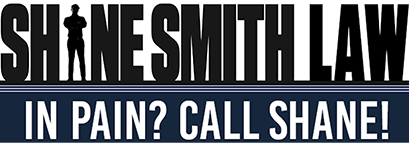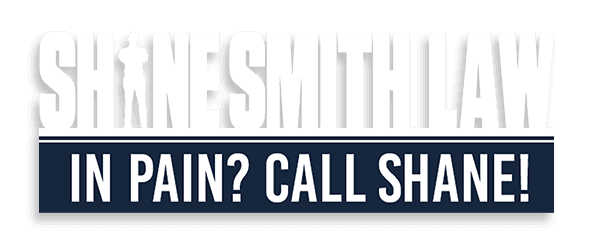Definition of Mass Tort
Mass torts are legal actions that allow individuals to band together to sue one or a few defendants for harm caused by similar wrongful actions. These cases often involve large numbers of plaintiffs, and the claims typically arise from injuries or damages sustained from products, pharmaceuticals, or large-scale catastrophic events. Unlike personal injury claims that focus on individual cases, mass torts streamline the process for those affected by widespread issues, allowing for a more efficient resolution. In the legal context, mass torts are complex as they encompass intricate details regarding liability, causation, and damages, often crossing over into various jurisdictions and legal disciplines.
Types of Mass Torts
Mass torts can be categorized into several types, each with unique characteristics. Pharmaceutical litigation, for example, involves claims against drug manufacturers for adverse effects caused by medications that were not adequately tested or disclosed to consumers. Environmental disasters, such as oil spills or chemical plant explosions, give rise to mass torts when they impact large populations or ecosystems. Product liability cases emerge when defective or dangerous products cause widespread harm. Despite their differences, all mass torts share a common thread: they address grievances where many individuals have been harmed by the same source, necessitating a collective approach to legal redress.
Manufacturers and Companies
When it comes to mass torts, manufacturers and companies often find themselves at the center of legal scrutiny. Their responsibility to provide safe products to consumers is not just a moral obligation but a legal one. Failure to comply with safety standards, negligence in the manufacturing process, or inadequate warnings can lead to serious consequences. In such cases, these entities are held accountable for the damages their products have caused. It's a stark reminder that with the power of production comes the weighty responsibility of ensuring public safety and adhering to the highest standards of consumer protection.
Third-Party Suppliers and Contractors
The web of liability in mass tort cases can extend beyond the primary manufacturers to include third-party suppliers and contractors. These parties play a pivotal role in the production and distribution chain, and their involvement in the creation or dissemination of a defective product or service can make them liable. The extent of their liability often hinges on the degree of control they had over the product's safety and their awareness of potential risks. Navigating these complex relationships requires a keen understanding of contractual obligations and the intricacies of product liability law.
Negligence and Strict Liability
Negligence and strict liability serve as the bedrock for establishing fault in mass tort cases. Negligence occurs when a party's failure to exercise reasonable care results in harm to others, while strict liability holds a party responsible for damages without the need to prove negligence. In the realm of mass torts, proving negligence can be a daunting task, as it necessitates showing that the defendant breached a duty of care that directly caused the plaintiff's injuries. Strict liability, on the other hand, simplifies the process by focusing on the inherent danger of the product or action, regardless of the defendant's intent or negligence. Both theories play a crucial role in shaping the legal landscape of mass tort liability.
Breach of Warranty and Consumer Protection Laws
Breach of warranty and consumer protection laws also form a critical foundation for claims in mass tort litigation. Warranties, whether expressed directly or implied by law, assure consumers that products will meet certain standards of quality and safety. When these promises are broken, affected parties can seek legal recourse. Consumer protection laws further bolster these rights by holding companies accountable for deceptive practices and ensuring that the marketplace is fair and transparent. Together, these legal mechanisms empower consumers and provide a pathway to justice for those harmed by corporate malfeasance.
Evidence and Causation
Proving liability in mass tort cases hinges on the ability to establish a clear link between the defendant's conduct and the plaintiff's injuries—a challenge that often requires a mountain of evidence. Plaintiffs must demonstrate that the defendant's actions were not only wrongful but also directly caused the harm suffered. This process involves collecting a wide array of evidence, from medical records and scientific studies to internal company documents. Establishing causation is particularly complex in mass torts due to the sheer number of individuals involved and the varying degrees of harm experienced. It's a legal puzzle that demands meticulous attention to detail and a strategic approach to evidence gathering.
Role of Expert Witnesses
Expert witnesses are the linchpins in the quest to prove liability in mass tort cases. Their specialized knowledge and expertise enable them to offer critical insights into complex issues like product safety, medical causation, and industry standards. The testimony of these experts can make or break a case, as they help to translate intricate technical details into understandable concepts for the jury. The selection of these witnesses is a strategic process, as their credibility and the persuasiveness of their testimony can significantly influence the outcome of the litigation. In the intricate dance of mass tort cases, expert witnesses lead the way in shedding light on the truth.
Class Action Suits vs. Multidistrict Litigation (MDL)
Class action suits and multidistrict litigation (MDL) are two procedural avenues for managing mass tort cases, each with its own set of advantages and challenges. Class actions consolidate individual claims into a single lawsuit, providing a unified front against the defendant and streamlining the legal process. However, they require commonality among the plaintiffs' grievances, which can be a limiting factor. MDL, on the other hand, centralizes pretrial proceedings for cases that share common factual questions, while allowing individual lawsuits to retain their separate identities. This approach can expedite the discovery process and encourage settlements, but it also raises complex questions about coordination and case management.
Statute of Limitations and Jurisdictional Issues
Time is of the essence in mass tort litigation, as the statute of limitations sets a strict deadline for filing claims. Plaintiffs must be vigilant in asserting their rights within this timeframe to avoid forfeiting their chance for legal redress. Jurisdictional issues add another layer of complexity, as determining the appropriate venue for a mass tort case can be contentious. Factors such as the location of the defendant, the place where the injury occurred, and the residences of the plaintiffs all come into play. Navigating these procedural hurdles requires a strategic legal approach and a deep understanding of both state and federal jurisdictional nuances.
Call Shane Smith Law to Learn More About Mass Torts
If you or someone you know has been affected by a situation that may qualify as a mass tort, Shane Smith Law is here to provide expert legal guidance. Our experienced team understands the intricacies of mass tort liability and has advocated for clients in hernia mesh, RoundUp and Zantac suits. Don't let the complexity of these cases deter you from taking action. Contact us today to explore your legal options and take the first step towards holding responsible parties accountable. Remember, time is critical in these matters, so reach out to us without delay to ensure your rights are protected.
Call Shane Smith Law now at (980) 246-2656 or send us a message online.


-copy-15.2404081857550.jpg)
